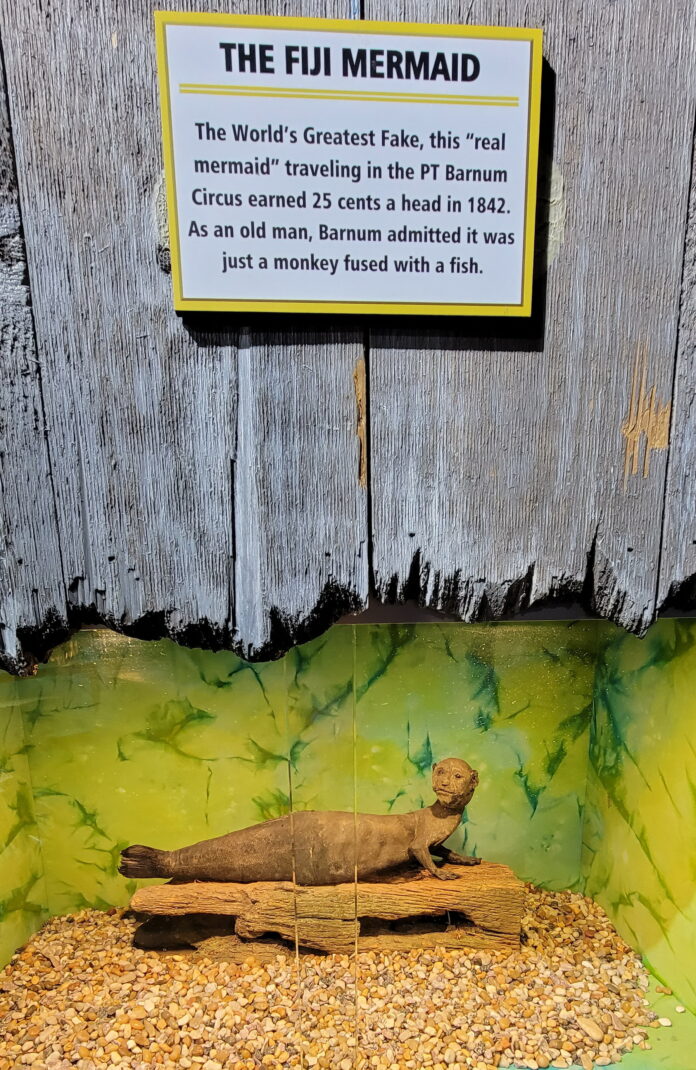History is filled with tales that captured imaginations and fooled the masses. Here are six of the most fascinating and tricky hoaxes ever perpetrated:
1. The Cardiff Giant
- Origin: Unearthed in 1869 in Cardiff, New York, this “petrified man” was claimed to be a prehistoric giant.
- Creator: George Hull, who concocted the giant to ridicule biblical literalism.
- Public Reaction: The giant drew crowds and attention, even leading P.T. Barnum to create a replica after failing to buy the original.
2. The Piltdown Man
- Discovery: In 1912, the remains were claimed to be the missing evolutionary link between apes and humans, found in Piltdown, England.
- Details: Comprised of a human skull and an ape jawbone, it was hailed as a significant paleoanthropological find.
- Exposure: In 1953, the forgery was exposed, revealing the bones to be from a medieval human and an orangutan.
3. The Cottingley Fairies
- Photographs: In 1917, two young girls, Elsie Wright and Frances Griffiths, took photos of themselves with paper cutouts of fairies.
- Believers: The photographs convinced many, including Sir Arthur Conan Doyle, who used them to support his belief in spiritualism.
- Confession: In the 1980s, the women admitted to the hoax, though Frances maintained some fairies were real.
4. The Spaghetti Tree Hoax
- Broadcast: On April 1, 1957, the BBC aired a segment showing Swiss farmers harvesting spaghetti from trees.
- Impact: The broadcast fooled many viewers, leading to calls about how to grow their own spaghetti trees.
- Revelation: It was later revealed to be an April Fool’s Day prank, one of the earliest examples of television hoaxes.
5. The Great Moon Hoax
- Publication: In 1835, the New York Sun published a series of articles describing life and civilization on the moon.
- Details: The articles claimed to report findings by Sir John Herschel, a renowned astronomer.
- Aftermath: The stories were later exposed as fabrications, but not before significantly boosting the newspaper’s sales.
6. The Fiji Mermaid
- Exhibition: In the 1840s, P.T. Barnum showcased a “mermaid” purportedly caught near Fiji, which turned out to be a monkey’s torso sewn to a fish’s tail.
- Creator: The mermaid was likely created by a Japanese fisherman as a curiosity.
- Public Reaction: Despite its dubious authenticity, it drew large crowds and became one of Barnum’s most famous attractions.
